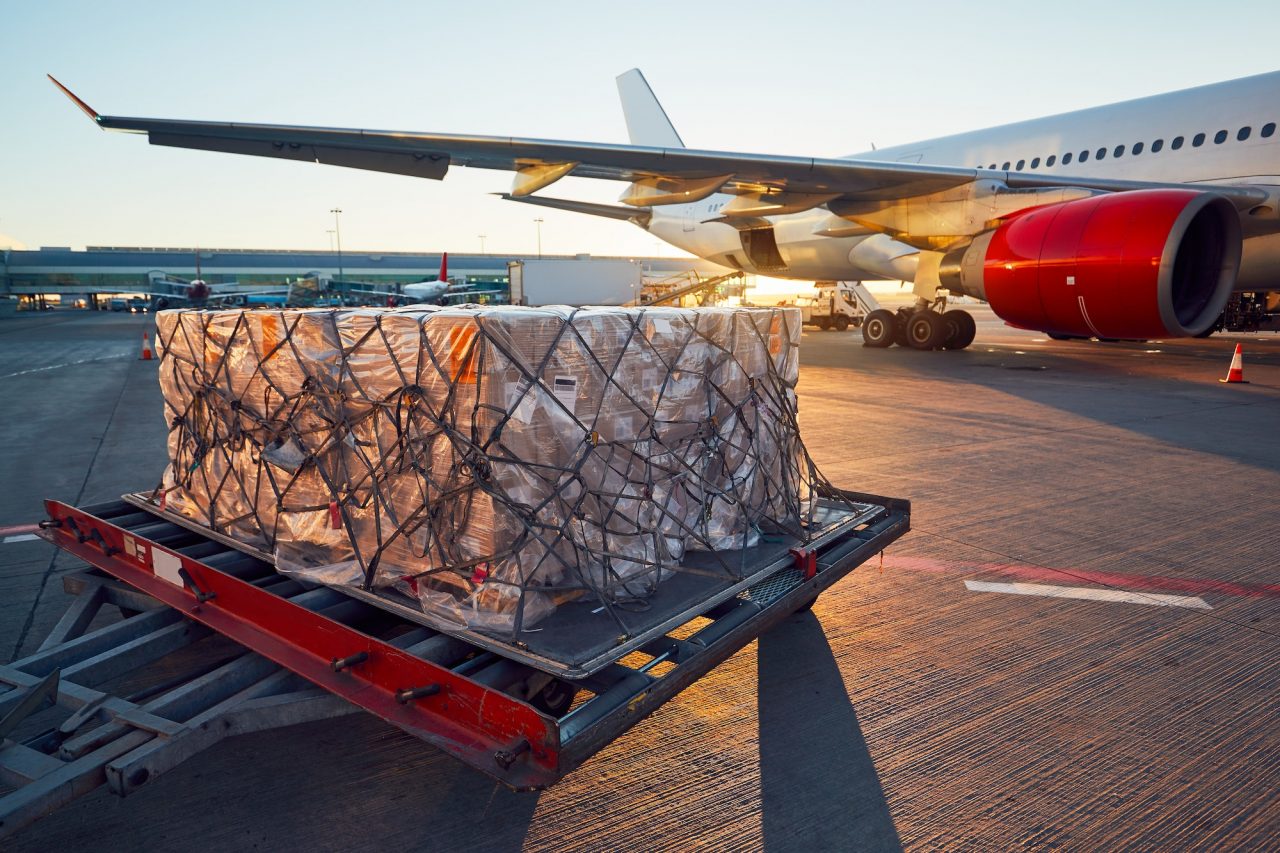Introduction
In the global supply chain, choosing the right mode of transport for your shipments is crucial. Air freight and ocean freight are the two primary options, each with its own advantages and disadvantages. This comprehensive guide will help you understand the differences between air freight and ocean freight, and how to determine which is right for your shipment.
Overview of Air Freight and Ocean Freight
Air Freight
Air freight involves transporting goods by aircraft. This method is known for its speed and efficiency, making it ideal for time-sensitive shipments. Key characteristics of air freight include:
- Speed: Fastest mode of transport for long distances.
- Reliability: High level of reliability with regular schedules and fewer delays.
- Cost: Generally more expensive due to higher fuel and operational costs.
- Capacity: Limited capacity compared to ocean freight, suitable for smaller, high-value items.
- Security: Higher security due to stringent regulations and handling.
Ocean Freight
Ocean freight involves transporting goods by sea, typically using large cargo ships. This method is preferred for its cost-effectiveness and ability to handle large volumes. Key characteristics of ocean freight include:
- Cost: More economical, especially for large and heavy shipments.
- Capacity: High capacity, capable of handling bulk shipments.
- Speed: Slower compared to air freight, with longer transit times.
- Reliability: Subject to delays due to weather, port congestion, and other factors.
- Environmental Impact: More environmentally friendly per ton-mile compared to air freight.
Factors to Consider When Choosing Between Air Freight and Ocean Freight
1. Transit Time
Air Freight:
- Ideal for urgent shipments that require fast delivery.
- Typical transit times range from 1 to 7 days, depending on the route.
Ocean Freight:
- Suitable for non-urgent shipments where delivery time is not a primary concern.
- Transit times can range from 20 to 60 days, depending on the distance and route.
2. Cost
Air Freight:
- Higher cost due to fuel prices, airport fees, and handling charges.
- Cost is calculated based on chargeable weight, which considers both weight and volume.
Ocean Freight:
- More cost-effective, especially for large and heavy shipments.
- Cost is calculated based on container size (20ft, 40ft) or weight, whichever is higher.
3. Shipment Size and Weight
Air Freight:
- Suitable for small to medium-sized shipments.
- Best for high-value, lightweight, and compact items.
Ocean Freight:
- Ideal for large, bulky, and heavy shipments.
- Can accommodate full container loads (FCL) or less than container loads (LCL).
4. Nature of Goods
Air Freight:
- Preferred for perishable goods, electronics, and high-value items.
- Provides better temperature control and security for sensitive shipments.
Ocean Freight:
- Suitable for bulk commodities, raw materials, and non-perishable goods.
- Can handle a wide range of goods, including hazardous materials with proper documentation.
5. Environmental Impact
Air Freight:
- Higher carbon footprint compared to ocean freight.
- Consider the environmental impact if sustainability is a priority for your business.
Ocean Freight:
- More eco-friendly per ton-mile due to lower fuel consumption.
- Better option for businesses looking to reduce their carbon footprint.
6. Reliability and Risk
Air Freight:
- High reliability with regular schedules and fewer disruptions.
- Lower risk of damage due to shorter transit times and better handling.
Ocean Freight:
- Potential for delays due to weather, port congestion, and customs issues.
- Higher risk of damage or loss due to longer transit times and multiple handling points.
Case Studies: When to Choose Air Freight vs. Ocean Freight
Case Study 1: Electronics Manufacturer
Scenario: A manufacturer of high-end electronics needs to ship products to retailers around the world.
Considerations:
- Value: High-value products require secure and fast transportation.
- Urgency: Retailers need to restock quickly to meet consumer demand.
Solution: The manufacturer chooses air freight to ensure fast delivery and minimize the risk of damage or theft.
Case Study 2: Apparel Company
Scenario: An apparel company needs to ship seasonal clothing lines from its factory in Asia to distribution centers in North America and Europe.
Considerations:
- Volume: Large volume of goods that are not time-sensitive.
- Cost: Keeping shipping costs low is essential to maintain profitability.
Solution: The company opts for ocean freight to take advantage of lower costs and the ability to ship large volumes of goods.
Case Study 3: Pharmaceutical Company
Scenario: A pharmaceutical company needs to ship temperature-sensitive vaccines to multiple countries.
Considerations:
- Temperature Control: Vaccines require strict temperature control during transit.
- Urgency: Timely delivery is crucial to maintain the efficacy of the vaccines.
Solution: The company selects air freight for its speed and advanced temperature control capabilities.
Practical Tips for Using Air Freight and Ocean Freight
Air Freight Tips
- Plan Ahead: Book shipments in advance to secure space and better rates.
- Optimize Packaging: Use lightweight and compact packaging to reduce chargeable weight.
- Choose the Right Carrier: Select carriers with a good track record for reliability and handling.
- Understand Regulations: Familiarize yourself with customs regulations and documentation requirements.
- Insure High-Value Shipments: Purchase insurance for valuable shipments to protect against loss or damage.
Ocean Freight Tips
- Consolidate Shipments: Combine smaller shipments into full container loads (FCL) to reduce costs.
- Choose the Right Container: Select appropriate container types for your goods (e.g., refrigerated, open-top).
- Monitor Weather Conditions: Plan shipments around potential weather disruptions to avoid delays.
- Work with a Freight Forwarder: Partner with a reliable freight forwarder to navigate customs and logistics.
- Track Shipments: Use tracking tools to monitor the progress of your shipments and address issues promptly.
Conclusion
Choosing between air freight and ocean freight depends on various factors, including transit time, cost, shipment size, nature of goods, environmental impact, and reliability. Understanding these factors will help you make an informed decision that aligns with your business needs and customer expectations.
For time-sensitive, high-value, and lightweight shipments, air freight is the best choice. It offers speed, reliability, and better security, albeit at a higher cost. On the other hand, for large, bulky, and non-urgent shipments, ocean freight is more cost-effective and environmentally friendly. It can handle a wide range of goods and offers significant cost savings for businesses.
By carefully evaluating your shipping requirements and considering the pros and cons of each mode, you can choose the right shipping service for your business. Whether you opt for air freight or ocean freight, selecting the right partner and implementing best practices will ensure your shipments are delivered efficiently and cost-effectively.
For more personalized advice on choosing the best shipping service for your business, contact Fast Delivery Service at support@fastdeliveryservice.org.





